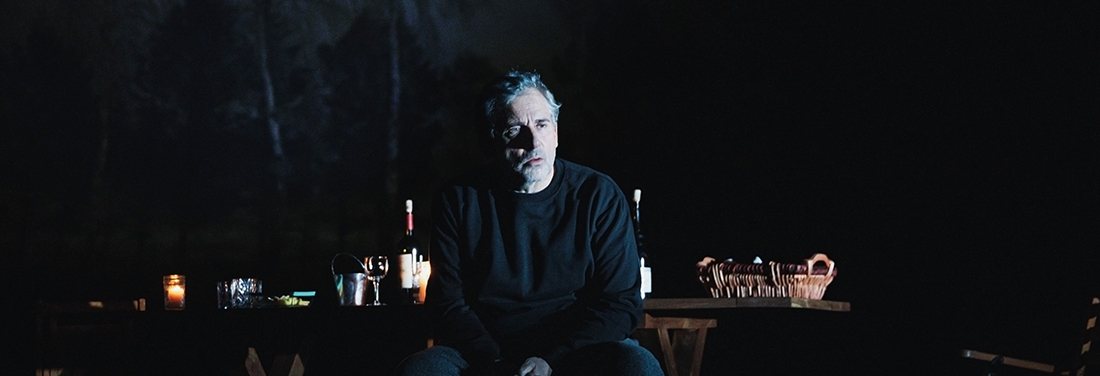
There’s a guilty pleasure in seeing singers take on a wild range of repertoire in a single evening that hearkens back to diva recitals of the past, worlds away from the carefully themed song recitals that dominate concert halls today. Think Anna Netrebko (arias from Anna Bolena, Dalila, and the Liebestod in a recent homage to Fallas), Sondra Radvanovsky (“Piangerò”, Dido’s lament, and “La mamma morta”) or Natalie Dessay (Alma Mahler Lieder, “La dame de Monte Carlo”, and the Liebestod). Lise Davidsen now stakes her claim to the title, presenting a recital at Madrid’s Teatro Real featuring extended scenes from Salome and Otello, with arias from Forza and Ballo thrown in for good measure.
Davidsen’s career has been marked by slow, steady progress since her win at Operalia nearly a decade ago, making her way through Strauss and Wagner’s lighter roles. Despite some unexpected forays into pure lyric repertoire (her Jen?fa was loud enough to thaw her dead infant’s icy grave plus an Antarctic ice shelf or two), her repertoire choices haven’t been as conservative as many frustrated Wagnerians like to claim. In the past year or so alone, she’s done her first Tosca, Tabarro, Forza, Don Carlo, and Rosenkavalier, with Salome coming this spring.
There is, of course, the voice: a massive, gleaming column of sound that rides over the orchestra with ease. But it’s been far more rewarding to hear her progress as a singer – gone is the habit of creeping into every note senza vibrato, and her piercing high notes are far better integrated into the voice. This past season I’ve also been impressed with her musical and dramatic diligence, both as an eloquent, refined Marschallin and as an Elisabetta with a solid command of Verdian style. Her confident, stylish accounts of Verdi and Strauss demonstrated how far she’s come as a singer and artist.
But what I’m still missing from Davidsen is a sense of desperation, of dramatic stakes being taken up a notch. She does restrained melancholy beautifully – the most complete characterization was, rather unexpectedly, Desdemona. It’s not a role she’s performed before and she was glued to the score, to the dismay of mezzo-soprano Elissa Pfaender who tried to inject a sense of theatrical drama to the stage as Emilia. But Davidsen’s Willow Song displayed an elegant sense of line and ravishing high pianissimi, darkening in color with each successive stanza and building to a volcanic climax in her farewell to Emilia. Her “Ave Maria” was full of foreboding, with dark, urgent tone and an impeccable ascent to the final A-flat. I don’t know whether a full Desdemona is in Davidsen’s future – it must be tricky to find an Otello that doesn’t come across like Davidsen could vocally and physically throttle him; nevertheless, it was a spectacular piece of singing.
The Forza Leonora does feature in Davidsen’s future, as she headlines a new Mariusz Trelínski production at the Met following her role debut in concert last autumn in Oslo. “Pace, pace mio dio” found her on blistering form, starting with an impressive diminuendo and ending with a roaring B flat sustained for so long it bordered on the tasteless. Everything in between, though, was pleasantly sung but anonymous. Part of the blame must go to José Miguel Pérez-Sierra’s turgid conducting, which sucked all the momentum out of the aria despite excellent playing from the Teatro Real orchestra all evening. Davidsen has clearly done her homework: she does all the right portamenti, enunciates clearly, and executes a lovely floated B flat. Similarly, her “Morrò, ma prima in grazia” was not much more than lovely singing – while she brings a lovely plangent tone, the aria catches her in the weakest part of her range and she makes little of the final cadenza. What I’m missing in both arias is attention to the dotted rhythms, hairpins, and accents that create a sense of restless urgency and propel the music forward.
But it’s her Salome that we were all here for, and I’ve never heard Strauss singing quite this satisfying before. It’s become trendy to cast Salome with lighter voices – Marlis Petersen, Jane Archibald, and Elsa Dreisig are some recent exponents of the role – but there’s something thrilling about hearing a full dramatic soprano in the role releasing torrents of gleaming sound, washing over the massive orchestration with insouciant ease. Though Davidsen is frequently compared with the great Wagnerians of the past, her Salome sounds utterly unlike Nilsson’s laser intensity or Borkh’s expressive power. It’s perhaps most similar in effect to Jessye Norman’s formidable princess, though Davidsen brings a youthful, innocence sound to the role. She colors her voice impressively, with vividly soft singing, a clear if not particularly penetrant lower register, and often taking daringly long phrases in a single breath. She paces “Ah, ich habe deinen Mund geküsst” cleverly, starting with a hollow whisper and broadening her sound into the final, soaring lines. Dramatically, it’s a bit polite for my taste – there’s no filth or depravity to be found – but it’s an extremely promising first take on the role. I can’t wait to hear what she does with it when she makes her stage debut later this season in Lydia Steier’s production (of Karita Mattila’s nipple rings fame).
Despite the demanding program, the Madrid audience was so appreciative that Davidsen offered two encores: her calling-card aria “Dich teure Halle,” which she dispatched with impetuous energy and a gleaming high B, and a hushed, intimate “Morgen.”
Photos: Javier del Real
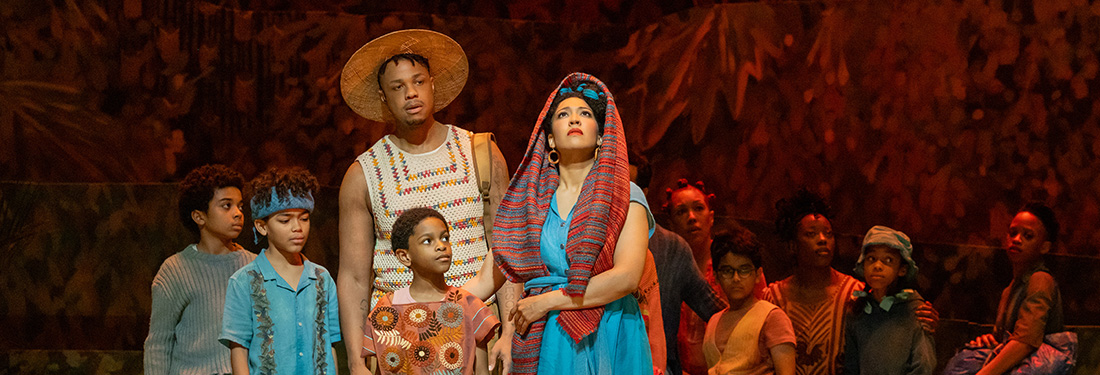





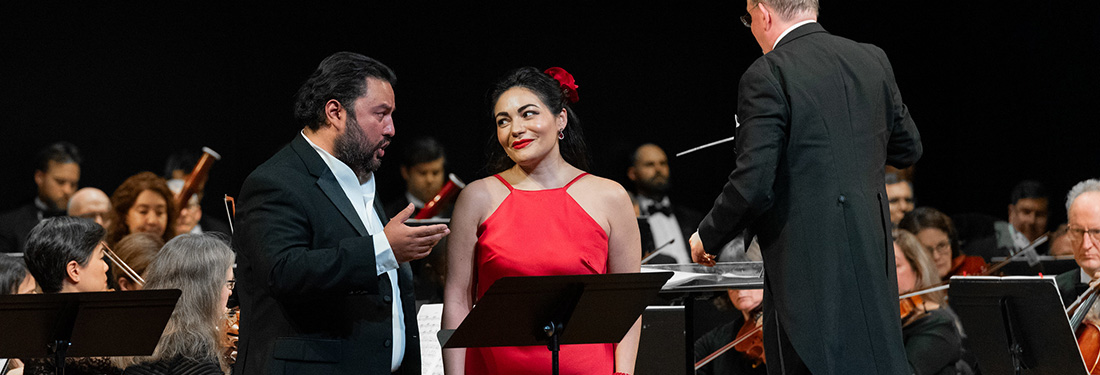
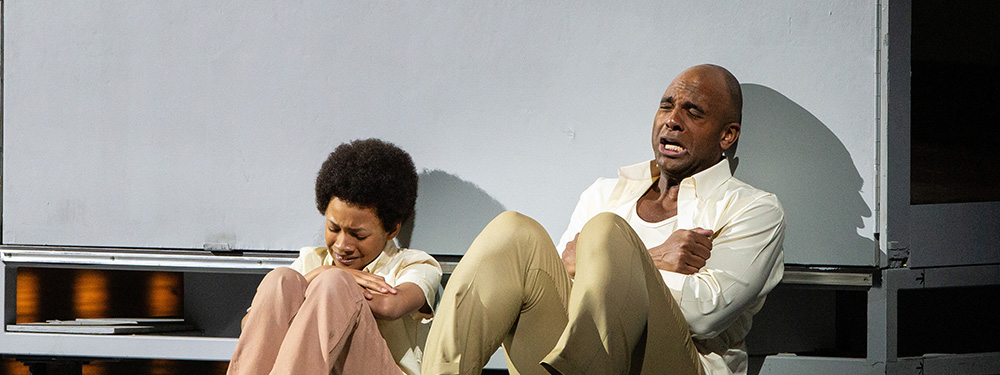
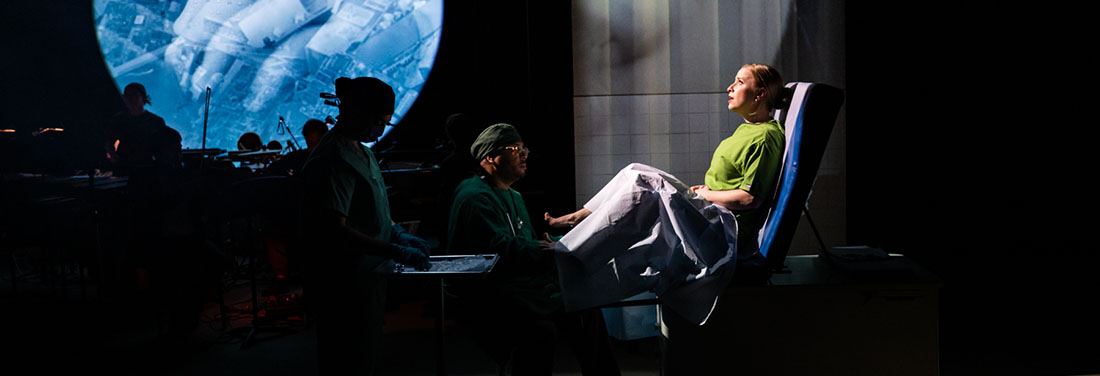
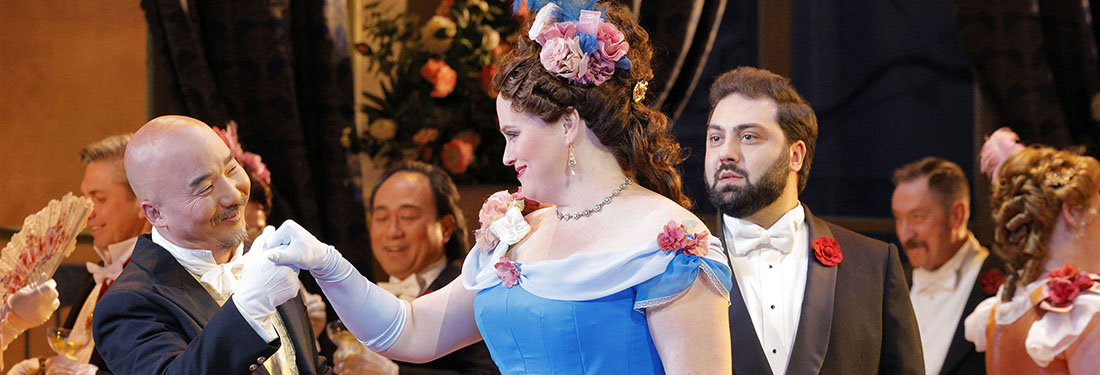

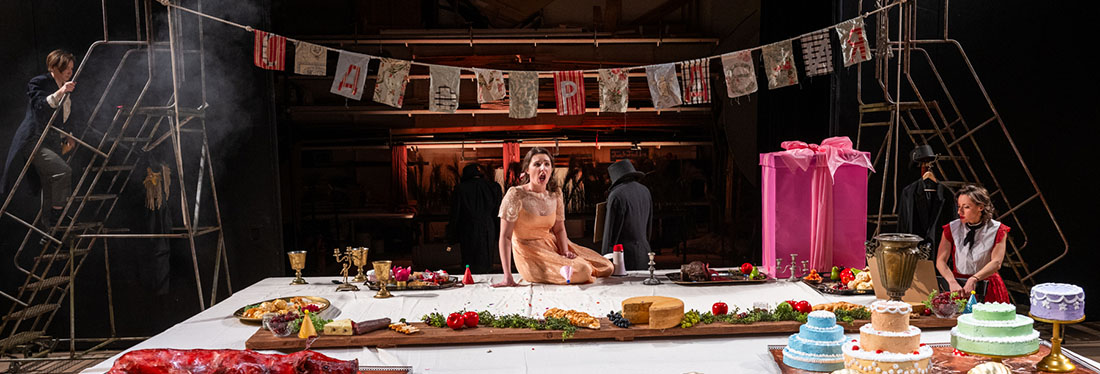
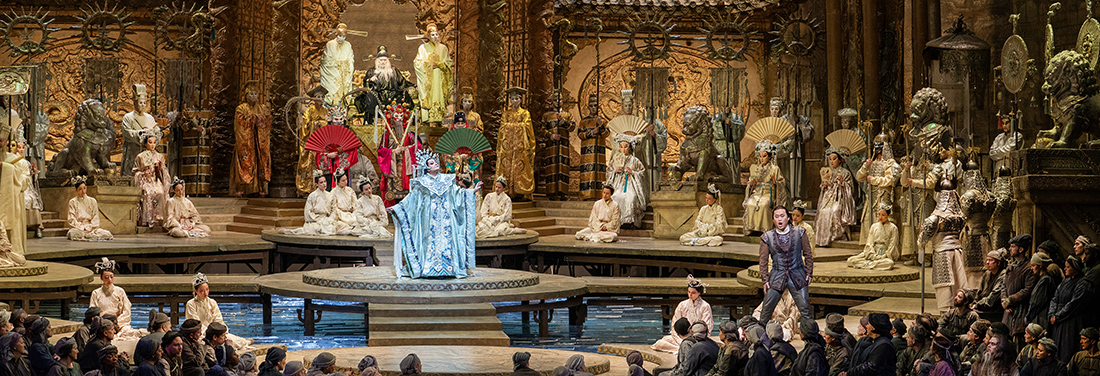
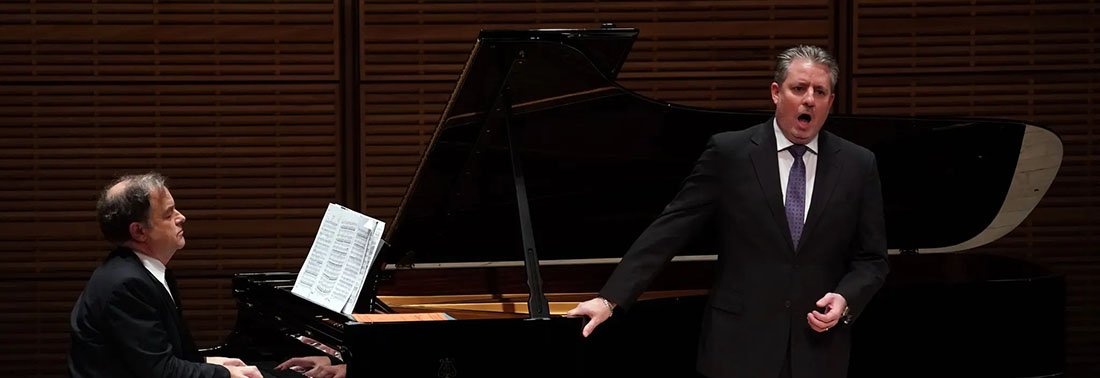

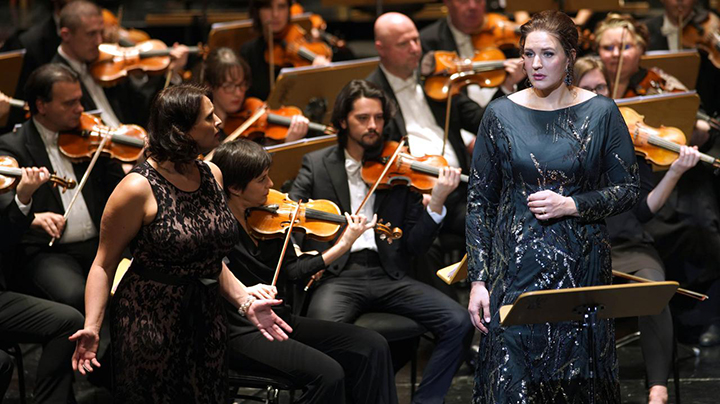
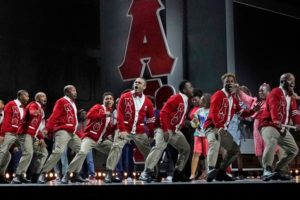
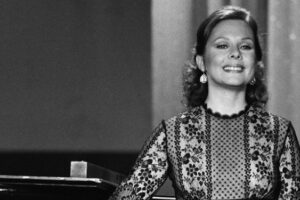
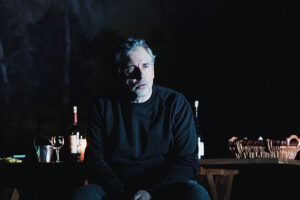
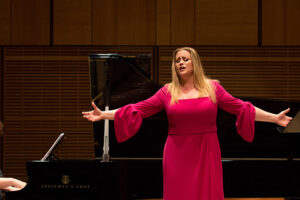
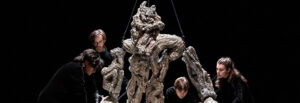
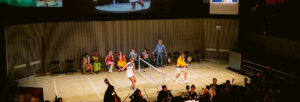



Comments